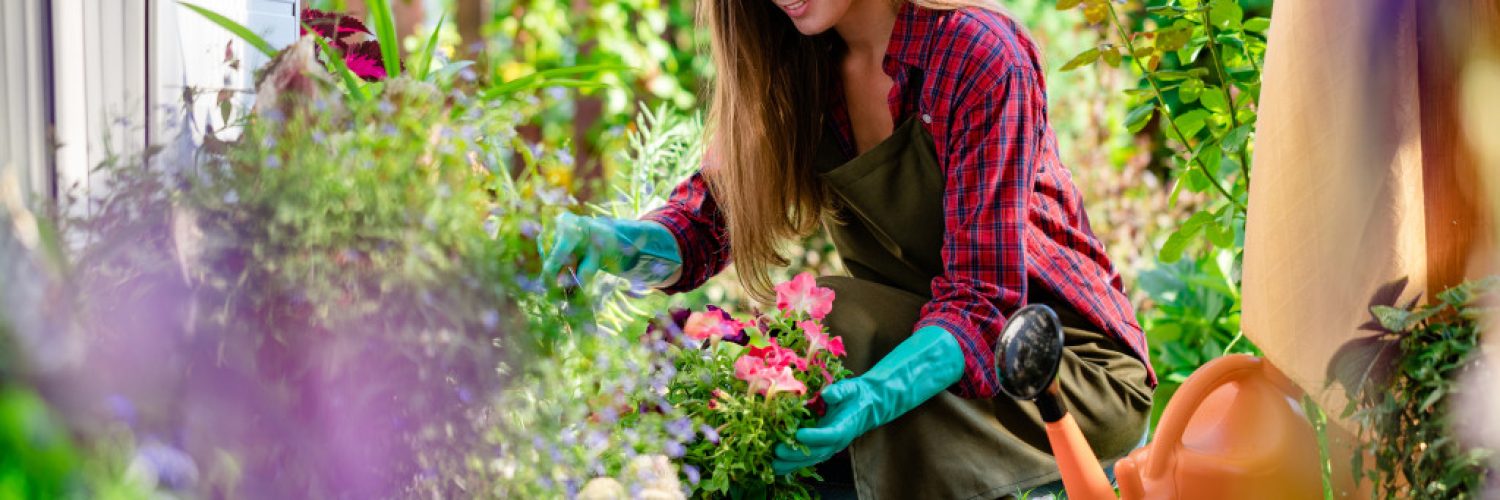Indoor gardens are beautiful but can be difficult to maintain. The conditions to which the plants will be subjected are very different from their natural habitats. Unless you had incorporated a garden when your house was designed, you need to do major renovations to allow enough amount of sunlight for your plants.
If you do not have enough funds to do so, try the following tips and see if it would work given the conditions in your locality.
1. Choose plants that have been acclimatized to your locality
Plant shops offer several varieties of indoor plants. However, understand that the sellers grew these in optimum temperatures. Chances are when you transfer them to your home it might be too hot or too cold for them.
You could gradually acclimatize them by looking at their natural habitats and temporarily positioning them in your home where you think they will thrive. Observe them regularly so that you can immediately adjust should they show signs of distress. Transfer them when you see that they are wilting in their spot.
The best choices would still be the plants that are already abundant in your place. They might not be as exotic as the others but you can still compose a beautiful garden with them. While you’re at it, check out the plants that can help purify your indoor air. Most of them are also resilient and will thrive in most conditions.
2. Put up a vertical garden where the sunlight hits the wall
You would most likely have a roof over your indoor garden and as such the sunlight that comes in would be slanted and will hit a wall more than your floor. Think about how you can maximize this for your sunlight-loving plants.
There are several DIY guides on how to make a vertical garden. Some people use wire grids,
while others use simple shelves. You can customize according to the sizes and types of plants you have. Succulents are popular for small frames while ferns are a favorite in large spaces.
If you have enough space to have them on the floor, decide if you want to plant them in one box or you would want them in pots. That way, you can also limit the kind of plants to grow, as some plants are greedier in space and nutrients than others. Just a tip, it looks nice when you mix several plants together in a big pot instead of having them in individual pots.

3. Add ornaments to fill up space
Unlike an outdoor area where you can put as many plants as you can in a small space since they will be getting all the nutrients they need, avoid crowding your plants so that they can get enough sunlight. Spaces between them can be filled with pebbles, artificial turf, or decorative structures so that the entire space will still have a sense of unity.
Use lights to add more ambiance to your design. You can use hanging bulbs, spot lamps, or back lights. They would look amazing at night.
4. Be careful when you water your plants
Unlike in your garden outside, the soil in the pot is not as deep and might get saturated easily. Some plants would wither when the soil is too damp.
On the other hand, do not forget to water them. They have no other means of getting the water they need unlike the plants outside that are exposed to dew in the morning, rain, and moisture from the earth. There are systems that regularly water the plants. You can have this installed if you have a big area to water – highly recommended for high vertical gardens – or if you are often away from home.
5. Keep your indoor garden as far from your chairs or spaces that you will normally occupy as possible
While they look nice in photos – the romantic vines twining around the back of the chairs making beautiful frames everywhere, they could irritate your skin – if not you, then maybe another person. These gardens are best appreciated when seen than felt.
Plants breathe life and contribute to our well-being. It is nice to have them near us, but distressed plants could ruin the vibe of a room. Make sure that if you will have your plants inside with you, you will be able to take care of them so that they can also give back their refreshing presence. If in the end, you realize you don’t have a green thumb, still, don’t despair. Get a professional to install your garden for you and have someone maintain it.

